The evolution of music consumption: from ancient melodies to CalypsoRoom
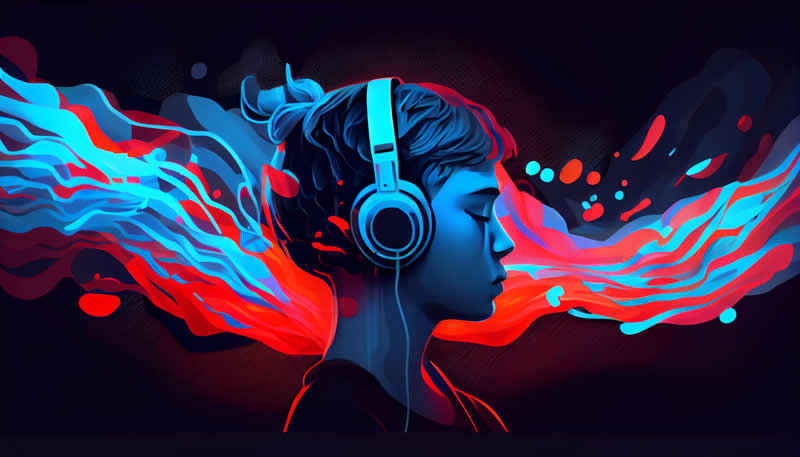
Table of content
The evolution of music consumption: from ancient melodies to CalypsoRoom - Introduction
Music, an art form as old as humanity itself, has undergone a remarkable evolution, reflecting cultural, technological, and social changes across millennia.
From the primal rhythms of prehistoric flutes to the sophisticated digital streams of today, the way we create, share, and enjoy music has continuously transformed.
This article delves into the fascinating journey of music consumption, exploring its origins in ancient rituals and live performances, its metamorphosis through technological innovations like the phonograph and vinyl records, to the current era of digital streaming and beyond.
Join us as we trace the harmonic journey through history, discovering how each era reshaped our interaction with the universal language of music.

KEY TAKEAWAYS
Ancient Origins of Music: Music has been a fundamental part of human culture for over 35,000 years, with ancient civilizations like Egypt and Greece developing early musical instruments and concepts like scales and octaves, essential for modern music composition.
Phonograph's Revolution: Thomas Edison's invention of the phonograph in 1877 marked a radical shift in music consumption, allowing for the first time the recording and playback of sound, transitioning from live performances to personal, on-demand listening.
Vinyl and Retail Evolution: The rise of vinyl records and the establishment of record shops like Spillers Records and George’s Song Shop highlight the evolution of music retail, transitioning from phonographs and sheet music to more durable and portable formats.
Digital and CD Era: The introduction of CDs, particularly marked by the release of ABBA's 'The Visitors' in 1981, revolutionized music consumption again, paving the way for portable players and influencing the gradual decline of vinyl.
CalypsoRoom's Streaming Innovation: CalypsoRoom represents the latest advancement in music streaming, combining elements of social interaction and real-time shared music experiences, evolving the way music is enjoyed in the digital age.
Ancient Melodies: The Roots of Live Music Performance
The evolution of live performance music has deep roots stretching back to ancient civilizations.
In ancient Egypt, music was a cornerstone of culture, with instruments like harps, end-blown flutes, and clarinets dating back to the Old Kingdom (c. 2575–2134 BCE).
Ancient Greek musicians, meanwhile, developed a system of musical notation, though not widely used, leaving behind a
modest corpus of notated music.
This tradition of notation was less prevalent in Rome, but music was integral to various aspects of life, heavily influenced by Greek, Egyptian, and Persian cultures.

These advancements, coupled with the beginnings of hand-recorded music or "sheet music" in Babylonia around 1250–1200 B.C., mark significant milestones in the evolution of music as an art form and cultural practice.
Birth of the Phonograph: Edison's Audio Milestone
Our story unfolds with the groundbreaking invention of Thomas Edison, the phonograph, in 1877.
This pivotal development in audio technology transformed the landscape of music consumption, ushering in an era where music enthusiasts no longer depended on live performances to hear their favorite tunes.
The phonograph's advent marked a monumental shift in auditory experience, dating back to when music was first believed to have emerged 30,000–60,000 years ago.
The laurels for the earliest sound recording technology go to French inventor Edouard-Léon Scott de Martinville, who in 1857 created the phonautograph, an innovative machine that transcribed airborne sound vibrations onto a durable medium.
The phonautograph laid the groundwork for future advancements in sound recording, making sound waves visible and permanent for the first time in history.
However, it was Edison's phonograph, which recorded and replayed audio, that revolutionized the field and brought international acclaim to Edison.
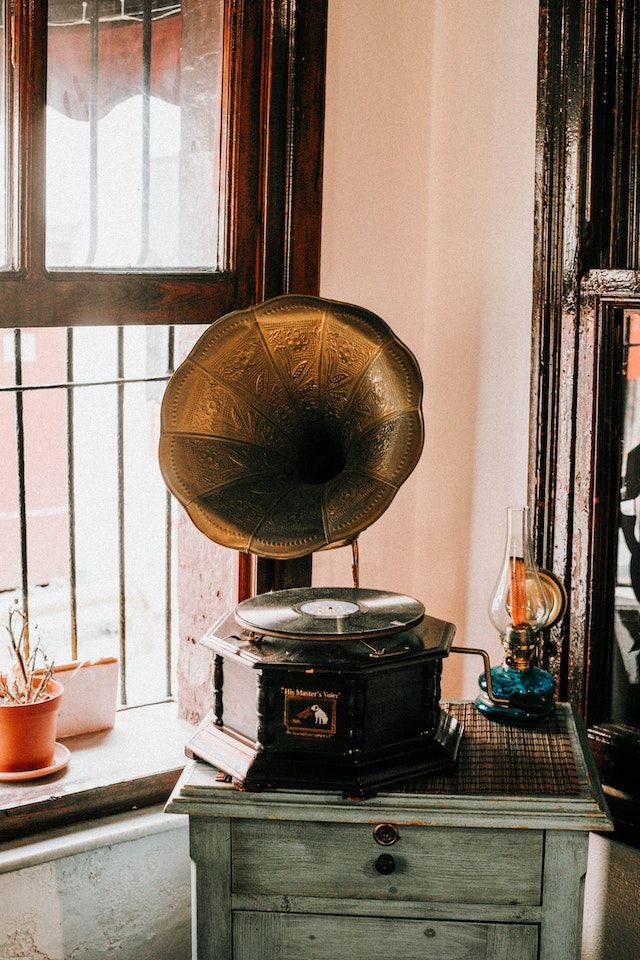
Unlike the phonautograph, Edison's phonograph used a metal cylinder wrapped in tin foil, recording sound vibrations in a vertical groove pattern, making it the first device to successfully reproduce recorded sounds.
The establishment of the Edison Speaking Phonograph Company in 1878 marked the commercialization of this technology, although the original phonograph was challenging to operate and the tin foil medium had a limited lifespan.
Edison continued to refine his invention, leading to the Edison Phonograph Company in 1887, which introduced improved versions of the phonograph with wax cylinders.
This evolution paved the way for 'on demand' listening, a revolutionary concept in music consumption, allowing music fans to enjoy their favorite songs repeatedly and discern their nuances like never before.
Vinyl Evolution: From Spillers to Song Shops
Spillers Records, established in 1894 and known as the 'oldest record shop in the world', has been a cornerstone in the music retail industry in Cardiff, Wales, UK.
Initially focusing on the sale of phonographs, wax-cylinder recordings, and shellac-disc recordings, Spillers Records has witnessed the evolution of music formats and consumption habits.
In the United States, George’s Song Shop, opened in 1932 in Pennsylvania by brothers Eugene and Bernie George, holds the title of 'America's oldest record store'.

The store, now managed by Eugene's son, John George, since 1962, remains a celebrated institution, exemplifying the sustained appeal of physical music stores in an increasingly digital age.
Prior to the widespread availability of recorded music, sheet music was the primary means through which songs were disseminated.
The peak of sheet music sales in 1910, driven by Tin Pan Alley songwriters and publishers in New York City, highlights its significant influence on the music business.
This era saw the transition from sheet music to recorded formats as the primary medium for music consumption, a transformation that laid the groundwork for the modern music industry.
The Dawn of Commercial Broadcasting
The inaugural broadcast of KDKA, America's first commercial radio station in 1920, marked a pivotal shift in music distribution and consumption.
Despite the existence of radio technology for many years, it wasn't until KDKA's transmission that radio became a household phenomenon, with an estimated five million American households owning broadcast radios by 1926.
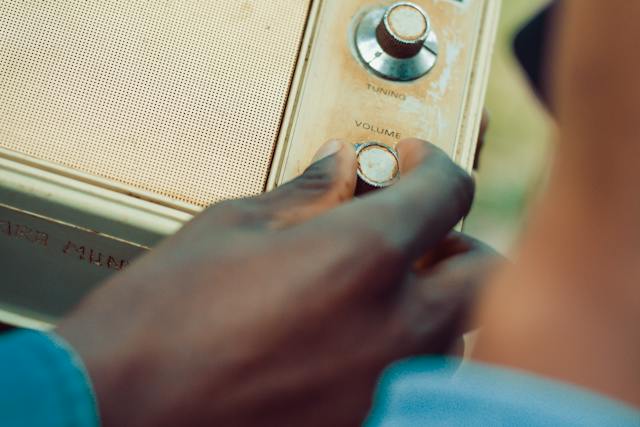
From 1914 to 1921, record sales doubled, yet by 1929, the advent of broadcast radio significantly dented record sales, playing over two-thirds of the music heard by the public.
Today, radio stations, a product of the synergy between the recording and broadcasting industries, continue to shape our musical landscape.
However, the complex history of music distribution, particularly around music licensing, presents ongoing challenges and impacts for both listeners and music industry stakeholders.
Evolution of Portable Music Formats: From Vinyl to Cassette Tapes
The emergence of cassette tapes, preceding the popularity of vinyl records, marked a significant shift in music consumption, especially during World War II.
Due to restricted shellac resources, as noted by the Record Collectors Guild, vinyl records became the alternative, primarily for distribution to U.S. troops.
The 1960s introduced more innovations, including Philips' compact tape, but the real breakthrough in portable music listening came with Bill Lear's 1964 introduction of the eight-track cassette.
Sony's launch of the Walkman in 1979, the first significant portable cassette player, revolutionized music listening habits, allowing for an unprecedented mobile audio experience.
This era set the stage for personal, on-the-go music consumption, paving the way for modern portable music devices.

CD Revolution and Vinyl's Enduring Appeal
The digital audio revolution took a significant leap in 1981 with the release of ABBA's 'The Visitors', the first pop album on CD.
The emergence of portable CD players, notably the Discman, and in-car CD systems, further solidified CDs' dominance in the music industry.
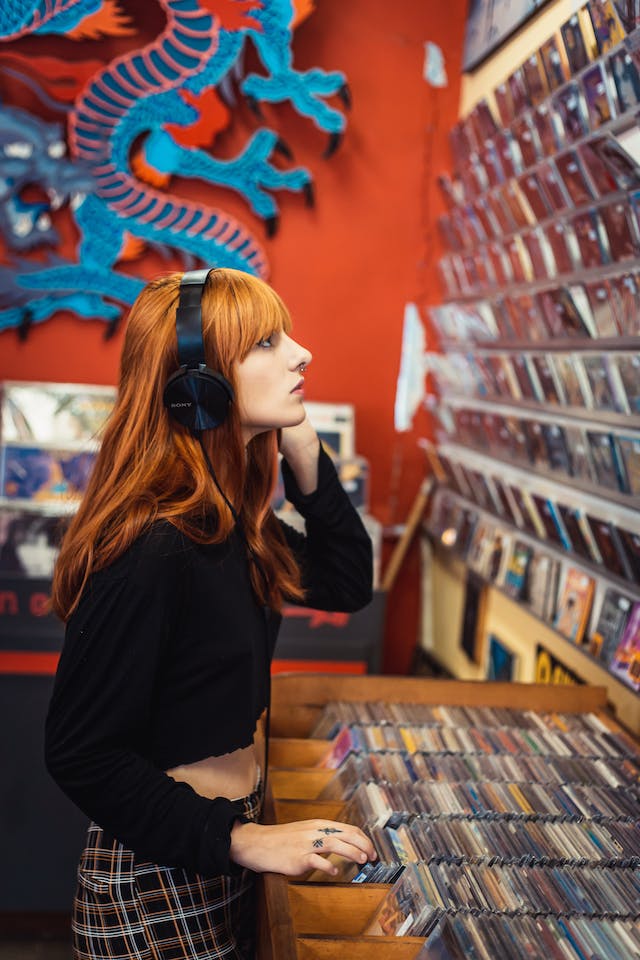
Valued for their 'direct manipulation of the medium', vinyl records continue to be cherished by collectors, DJs, and a subculture of enthusiasts, often referred to as 'hipsters', who appreciate vintage items.
Audiophiles and music purists often praise the superior sound quality of vinyl, a characteristic that has only improved with advancements in record pressing technologies.
The Dawn of Music Streaming: A Digital Renaissance
With the onset of the 21st century came the next seismic shift in music consumption: the rise of music streaming services.
Streaming services offer an unprecedented library of songs, albums, and artist discographies at the click of a button, embodying the ultimate convenience in music consumption.
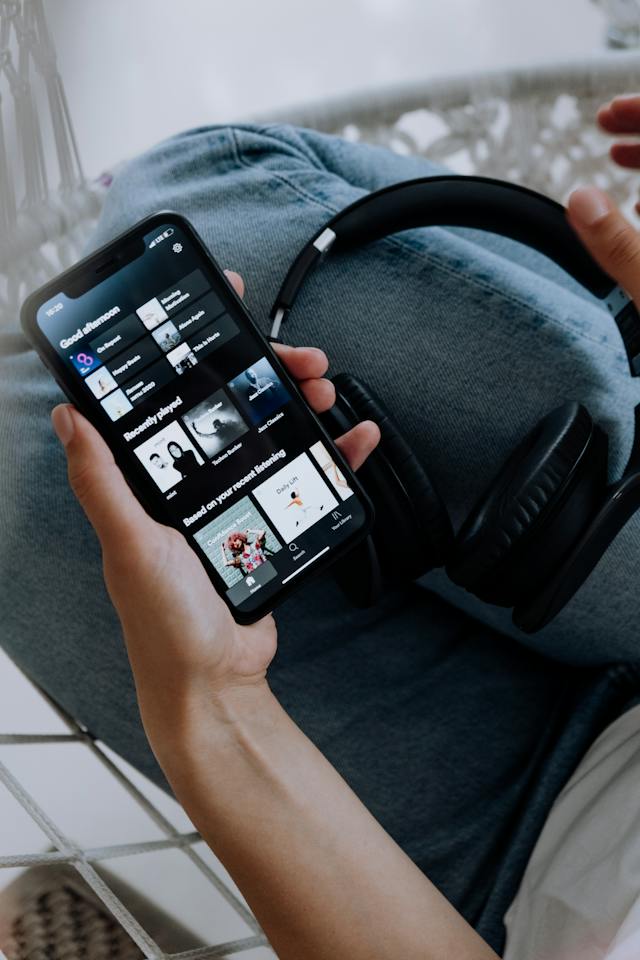
This era marks a move away from physical and even downloadable formats, towards a subscription-based model where access trumps ownership.
The impact of streaming on the music industry is profound, reshaping not only consumer habits but also artist revenue streams and the very structure of the music business.
CalypsoRoom: A New Era in Music Streaming Experience
As the digital landscape continues to evolve, innovative platforms like CalypsoRoom are redefining music streaming, offering a unique blend of social interaction and music enjoyment.
Launched as an online platform, CalypsoRoom creates a virtual space where music artists, enthusiasts, and influencers can connect intimately and spontaneously, sharing their passion for music.
Described as a hybrid of Spotify and Skype, CalypsoRoom allows users to enter 'SONG ROOMS' where they can pick and listen to music in sync with others, connected via webcam.
This novel approach to music streaming emphasizes real-time, communal music experiences, transforming the solitary act of streaming into an interactive, shared event.
With features like video music sessions and the option for text chat, CalypsoRoom is carving out a niche in the digital music world, further diversifying the ways we can experience and enjoy music together in the 21st century.
The evolution of music consumption - Conclusion
As we journey through the dynamic evolution of music consumption, from live performances in ancient times to the digital streaming of today, it's clear that the way we experience music is continuously transforming.
Platforms like CalypsoRoom represent the latest chapter in this ever-evolving story, offering a unique blend of music streaming and social interaction.
As we embrace these new innovations, we invite you, the reader, to explore CalypsoRoom for yourself.
Discover how it enriches your music listening experience by connecting you with others in real-time, turning the solitary act of streaming into a shared, communal journey in music.
Thanks for reading,
The CalypsoRoom Team
Frequently Asked Questions (FAQs)
How has music consumption evolved over the years?
Music consumption has evolved from live performances and handmade instruments to technologically driven formats like records, CDs, and digital streaming. Each phase, from the phonograph to online platforms, has reshaped how we access, share, and enjoy music.
What were the earliest forms of music consumption?
The earliest forms of music consumption were live performances and basic instruments, with flute-like instruments dating back to prehistoric times being among the first examples of musical expression.
How did the introduction of the phonograph change music listening habits?
The introduction of the phonograph by Thomas Edison revolutionized music listening habits by enabling sound recording and playback, shifting music consumption from exclusively live performances to personal, on-demand listening.
What impact did digital technologies have on music consumption?
Digital technologies, especially the Compact Disc (CD) and later MP3 formats, transformed music consumption by enhancing audio quality, storage, and accessibility, leading to the rise of portable music devices and online distribution.
How has streaming influenced the music industry?
Streaming has significantly influenced the music industry by shifting the focus from owning music in physical or digital formats to accessing vast libraries of music through subscription-based services, altering revenue models and artist exposure.
What are the future trends in music consumption?
Future trends in music consumption are likely to involve more integration of artificial intelligence and virtual reality, offering personalized and immersive listening experiences, along with continued growth in social music platforms like CalypsoRoom.
back
Written by CalypsoRoom Editorial Team
The CalypsoRoom Editorial Team is a skilled and diverse group of writers, researchers, and industry specialists who have access to Calypso's data and information in order to give you broad knowledge about the music industry as well as helpful advice to help you manage your music and dancing career.
Updated November 2023
Company number: 681223
James's Walk 31, Dublin, Ireland
contact@calypsoroom.com
+353 (89) 435 8928




